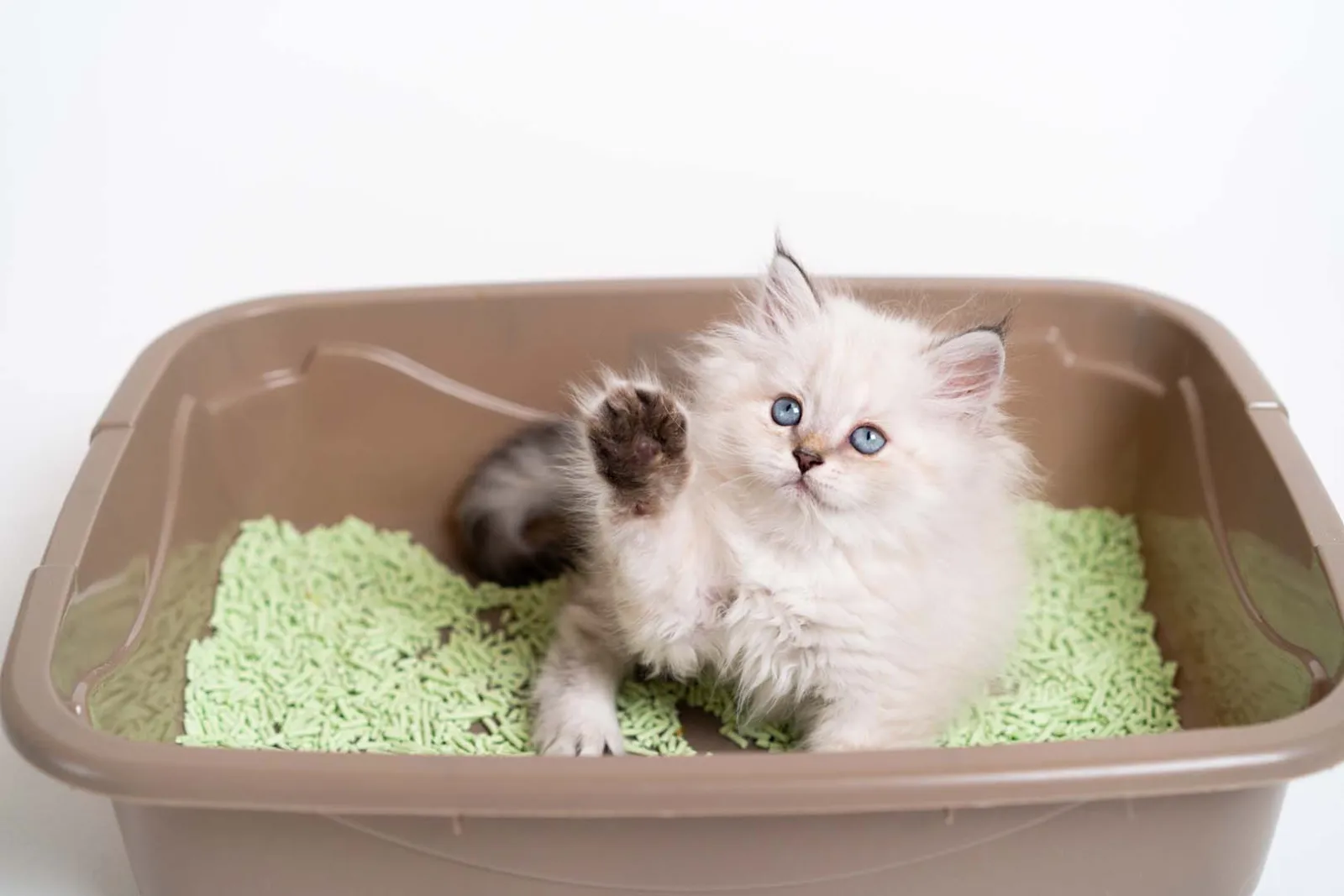How to Litter Train a Cat?
Training your cat to use a litter box is a vital part of cat ownership. Not only does it ensure a clean home, but it also contributes to your cat's well-being. In this guide, we will explore the most effective cat position technique for litter training, the different types of cat litter, and the benefits of a scoop free litter box.

Understanding Your Cat's Behavior
Before diving into the specifics of litter training, it is crucial to understand your cat's natural instincts and behaviors. Cats are inherently clean animals and prefer to bury their waste. This behavior can be harnessed to successfully litter train a cat.
Choosing the Right Litter Box
Choosing a litter box is the first step in the training process. The size, shape, and location of the litter box play significant roles in your cat's acceptance of it.
- Size and Shape: Ensure the litter box is large enough for your cat to move around comfortably. It should be easy for the cat to enter and exit.
- Location: Place the litter box in a quiet, low-traffic area. Cats need privacy to do their business.
- Number of Boxes: Ideally, you should have one litter box per cat plus one extra. This reduces the chances of territorial disputes.
Types of Cat Litter
There are various types of cat litter available, each with its benefits and drawbacks.
- Clumping Litter: This type forms solid clumps when wet, making it easy to scoop out waste. It is highly effective in controlling odors.
- Non-Clumping Litter: While this type doesn't form clumps, it is usually less expensive and can be effective in controlling odors if changed frequently.
- Silica Gel Crystals: These are highly absorbent and control odor well, but some cats may not like the texture.
- Biodegradable Litter: Made from materials like corn, wheat, or recycled paper, this is an eco-friendly option. However, it may not control odor as well as other types.
Understanding these options will help you choose the best litter for your cat and your household.
The Cat Position Technique
The cat position technique involves observing your cat's natural behaviors and using them to encourage litter box use.
- Observation: Watch where and how your cat relieves itself. This will give you clues about their preferences.
- Placement: Place the litter box in areas where your cat has shown a preference for eliminating.
- Positive Reinforcement: Encourage your cat to use the litter box by placing them in it after meals and when they wake up. Praise and reward them when they use it successfully.
Using a Scoop Free Litter Box
A scoop free litter box can be a great investment for cat owners who want a low-maintenance option. These litter boxes automatically rake through the litter after your cat uses it, removing waste into a separate compartment.
- Convenience: Reduces the frequency of manual scooping.
- Hygiene: Keeps the litter box cleaner and controls odors more effectively.
- Consistency: Provides a consistently clean litter box, which encourages regular use by your cat.
Troubleshooting Common Issues
Even with the best techniques and tools, some cats may resist using the litter box. Here are some common issues and solutions:
- Litter Box Aversion: If your cat avoids the litter box, you can try either change the type of litter you're using or move the box somwhere else.
- Health Issues: Sometimes, medical problems like urinary tract infections can cause litter box aversion. If your cat is consistently having issues, a visit to the vet is warranted.
- Stress: Changes in the household, such as new pets or moving, can stress your cat. Provide a calm environment and ensure your cat feels safe and secure.
Litter training a cat requires patience, consistency, and an understanding of your cat's natural behaviors. By selecting the right litter box, choosing the best types of cat litter, and using the cat position technique, you can make the process smoother for both you and your feline friend. By following these tips, you'll ensure your cat is happy, healthy, and well-trained to use the litter box. Remember, every cat is unique, so it may take some time to find what works best for your furry friend. For further assistance and expert advice, schedule an appointment with Forever Vets.


